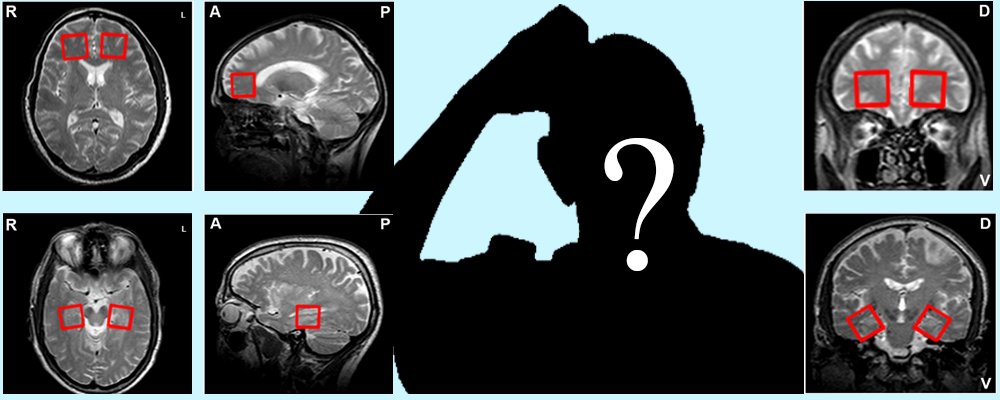NBRC scientists discover early diagnosis method to detect Alzheimer's
June 19, 2015 | Friday | News | By BioSpectrum Bureau
NBRC scientists discover early diagnosis method to detect Alzheimer's
The lack of diagnostic tools to detect Alzheimer's disease at early stages lead to complications on being detected later.
Lack of reliable technique for early diagnosis of Alzheimer's disease (AD) robs many senior citizens of their peaceful retirement years. It is a serious and escalating health concern around the globe is estimated to be affecting the lives of 5 million people around the globe by 2020 and 14 million people by 2050. Research by the National Brain Research Centre (NBRC) in collaboration with All India Institute of Medical Sciences (AIIMS), funded by the Department of Biotechnology now offers some hope.
Dr Prabhat Mandal and his team at NBRC have identified a biomarker that may serve as a clue to early detection of AD. Their research work published in the US based journal Biological Psychiatry shows that regular quantification of glutathione (GSH) in the brain can help detect a potential AD patient much before the onset of the disease using a non-invasive technique called Magnetic Resonance Spectroscopy (MRS).
The study conducted in collaboration with Dr Manjari Tripathi, MD, DM from Department of neurology, AIIMS showed that those suffering from the disease have reduced GSH as compared to the healthy individuals. GSH is a major endogenous enzyme-catalyzed antioxidant in the brain that plays a key role in detoxification of free radicals, which if left unsequestered can lead to oxidative stress (OS) and consequent oxidative damage in the brain.
GSH regulates signaling and metabolic pathways of a variety of regulatory, structural and metabolic proteins. Due to such multifarious functions, there are considerable chances for changes in GSH levels to lead to AD.
The team used MRS to quantify GSH level in specific brain regions that have been shown to be affected by AD. They recruited AD patients and those with Mild cognitive impairment (MCI), the precursor to AD, as well as age-matched healthy old individuals. A total of 40 Alzheimer's patient, 41 patients suffering from MCI and 49 healthy individuals-participated in the study. While the healthy individuals were recruited through advertisements, the patients were referred by Dr. Tripathi. GSH estimation through MRS in hippocampi, a region of the brain, of the study recruits yielded 100% specificity and sensitivity for distinguishing AD and healthy controls.
At present diagnosis of AD is dependent on clinical evaluation, and is thus often possible only after severe clinical and behavioral symptoms have set in. At such late stages, management and control of the disease becomes difficult and most current therapies are ineffectual.
Further, the clinical diagnosis of dementia is imprecise, especially at early stages. As such, it is critical to develop reliable technologies that are able to diagnose the disease at early stages - before the debilitating AD symptoms have set in. This would aid in arresting the disease and increasing the quality of life of the person suffering from the disorder.
Another article published in the Journal of Alzheimer's disease by the same team indicated that neuropsychological screening tool for dementia in elderly person in rural and semi-urban population will be immensely helpful in promoting inclusive health care. The article highlighted the need for effective screening tool and appropriate application to be developed in India.
Source: Department of Biotechnology (DBT).










